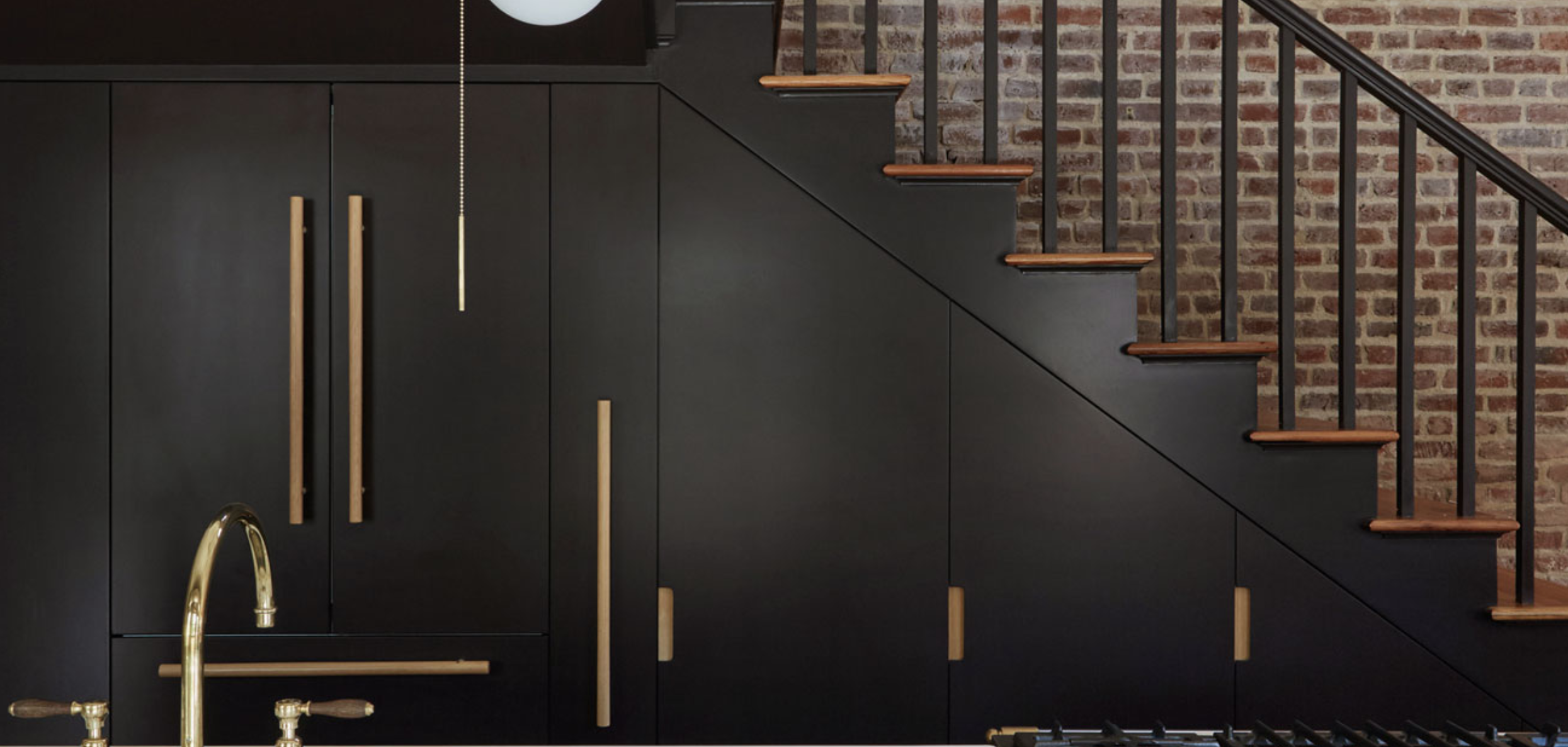The Hudson Company + Ashley Seil Smith
Ashley Seil Smith is an artist based in Manhattan, New York with a studio in the lower Hudson Valley. She has a background in cultural anthropology but earned an MFA in Illustration as Visual Essay from the School of Visual Arts. In 2012 she cofounded The Period Store and eventually sold it in 2015 to focus on editorial illustration, fine art, and teaching. Ashley's commercial clients include Google, Case Agency, Forbes, Oyster Books, Isthmus, and various academic journals and nonprofits. The artist lives, and often works, in Manhattan, but escapes to the Hudson River and her studio near Bear Mountain whenever she can. In addition to freelance, commissioned, and fine art work, Ashley teaches art to a variety of ages around Manhattan with Scribble Art Workshop.
The Hudson Company first discovered Ashley's work via her inspiring Instagram feed which is, like her work, full of whimsical observations of both the natural and built environments. It would be easy to peruse Ashley's work - particularly her pen and ink drawings and ethnographic prints - and see it as simplistic. But we think that it is precisely this deceptive simplicity that is so intriguing about Ashley's work. In our opinion, there is a timeless, reflective beauty in her (often small scale) drawings as well as an exotic mystique to her prints and graphic design work.
This summer we reached out to Ashley and asked her to allow us into her creative process. Along with the insights below, Ashley was also kind enough to create a custom mood board for us, using Reclaimed Heart Pine [Original Face] as her backdrop.
5 Questions with Artist Ashley Seil Smith
Tell us about the tools that you've included in your mood board, what's their origin story?
I enjoy collecting older tools that can actually be used in my art practice. Some of them were picked up at antique stores across the United States (particularly along the Hudson River Valley, where my studio is), others I inherited from my grandma, who dabbled in art and was a wildly creative person. A lot of older tools were designed beautifully, simply, and with quality material, so using them is an esthetic and practical as well. My rulers are my favorite tools - natural material with interesting designs and stories to tell.
How do you use mood boards in your work? What role do they play in your creative process?
Mood boards keep things concise - I believe "good" mood boards have some parameters - a limit on how much you can add, so it forces you to think through what really inspires you and why. So much of creativity is about making decisions, and a mood board helps you identify specific things you like or aim for in your own work.
I always keep a small collection of images on a folder in my desktop, and these act as a general mood board for my work, which spans across many mediums. They are images that I truly love and that inspire me in some way, whether it's the color palette, technique, concept, or the way the image makes me feel. I go through my little desktop mood board about once a month and always end up editing something out and adding other things that I like better.
There are so many places to go for inspiration these days, where do you go to get inspired?
I like going to places that set my aesthetic standard pretty high, and since I live in Manhattan, I have the opportunity to visit museums fairly often - the Met, MoMA, or Museum of Natural History are some favorites. If an art exhibit inspires me I always buy the exhibit catalogue, so I have a nice collection of art books started and I refer to them when I'm in a rut.
Other than museums, I also turn to creative sources I trust, like The Great Discontent, and I see a lot of wonderful work on Instagram and Pinterest. Pinterest, in particular, is great when I'm doing initial research for a project. And, like many artists, I find a great deal of inspiration in nature. If I'm not working, I'm likely walking outside with my dogs or out for a trail run or hike around Inwood Hill Park.
What can you tell us about the drawing you included in your mood board: was that an original for this mood board or something you created separately?
This particular ink drawing was done at the beginning of the year and was inspired by Yosemite National Park. I find myself drawing a lot of scenes from places I love or that inspire me. As you can tell, I enjoy the simplicity of pen and ink as well, it's a simple medium that's good for travel, so a lot of my ink drawings are done on location.
Why did you chose this particular Hudson Company flooring as the background for mood board?
I like the warmth and texture inherent in the Reclaimed Heart Pine flooring, there's a lot of character and line variation within the grain, which I think complements the line work in my drawings. I'm a big fan of Hudson Company flooring - you manage to cover all parts of the spectrum, from rustic to modern to classic and beyond. Natural textures paired with modern design inspire me, which is one of the reasons I started following Hudson Company on various social medium platforms.
You can learn more about Ashley's work on her website and you can follow her creative journey on Instagram. All above photos are taken from Ashley's website or Instagram feed. All mood board photos by Gentl and Hyers.
Learn more about Reclaimed Heart Pine [Original Face] here.











































